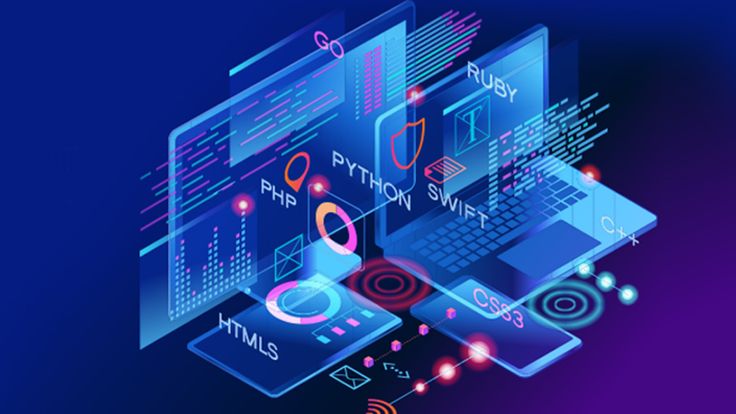Think of a city at night. The streets are busy, traffic lights flicker, and electricity hums through unseen wires. Now imagine trying to keep the entire city running without streetlights, maps, or control rooms. That is what managing modern systems without observability feels like—operating in the dark.
Prometheus and Grafana act as the city’s watchtowers. They collect signals from every street and building, then light up dashboards that help engineers see where traffic is smooth and where gridlocks loom. Observability turns chaos into clarity, making it possible to predict and prevent failures before they spiral out of control.
The Role of Prometheus: Collecting the Pulse
Prometheus is like a doctor constantly checking a patient’s heartbeat, temperature, and oxygen levels. It scrapes data from applications and infrastructure, storing metrics that reveal the system’s health over time.
When an application slows or memory spikes, Prometheus captures these signals in real time. Its alerting rules then act like emergency alarms, ensuring engineers know the moment something drifts outside healthy limits.
This vigilance is critical in environments where uptime directly affects customer trust. Learners exploring monitoring and alerting in a DevOps course in Bangalore often start with Prometheus, mastering its ability to capture signals that drive operational awareness.
Grafana: Turning Numbers into Narratives
If Prometheus gathers the heartbeat of systems, Grafana is the storyteller. It takes raw numbers and weaves them into visual dashboards—bright graphs, timelines, and heatmaps—that even non-technical stakeholders can understand at a glance.
Imagine a pilot’s cockpit without dials or gauges. Grafana provides that cockpit view, showing where servers hum along and where turbulence may arise. By customising dashboards, teams can tailor observability to the unique needs of business units or service owners.
In practice, Grafana bridges technical and strategic conversations. Leaders no longer need to sift through logs—they can see the health of the organisation visualised in real time.
Integrating Prometheus and Grafana
Prometheus and Grafana are mighty individually, but together they become a symphony of observability. Prometheus captures metrics, and Grafana transforms them into insights. This pairing creates a feedback loop: engineers don’t just react to failures—they learn patterns, anticipate risks, and refine systems.
It’s like pairing a telescope with a journal. Prometheus brings the stars into focus, while Grafana documents and interprets the patterns in the sky. For businesses running at scale, this integration becomes the backbone of reliability.
Why Observability Matters in Modern DevOps
In today’s digital landscape, systems are distributed across clouds, containers, and microservices. Failures don’t happen in isolation; they ripple across networks like dominoes. Without observability, teams are left guessing where the first tile fell.
Prometheus and Grafana together offer not just monitoring but insight—helping teams trace incidents back to their origins and prevent recurrences. Observability is the difference between firefighting and building resilience.
For engineers, cultivating this mindset is like moving from driving in fog to driving with headlights—every decision becomes clearer, faster, and safer.
Professional programmes such as a DevOps course in Bangalore often include labs where students configure Prometheus scrapes, build Grafana dashboards, and create alert rules, preparing them for the realities of production systems.
Conclusion
Prometheus and Grafana illuminate the pathways of modern infrastructure, ensuring that organisations aren’t navigating blindfolded. Prometheus listens to the pulse of systems, Grafana visualises the story, and together they enable teams to move from reactive fixes to proactive reliability.
Observability is no longer optional—it’s a cornerstone of resilient engineering, empowering teams to anticipate challenges and keep digital systems humming.


